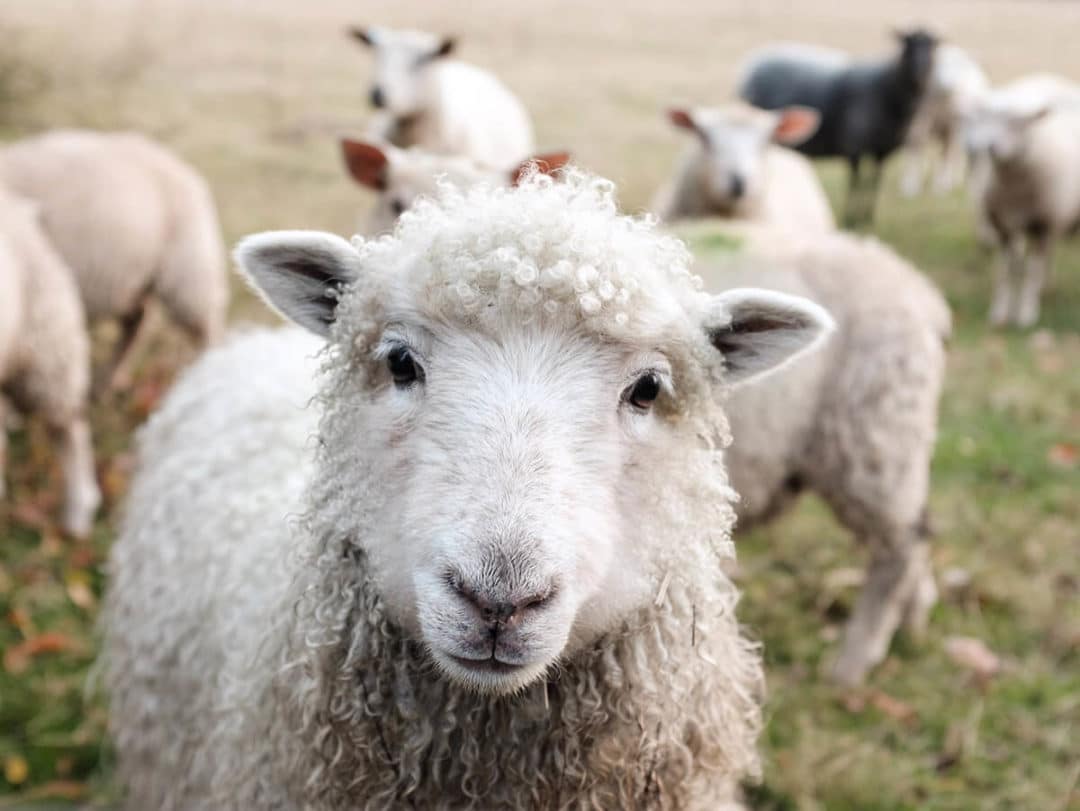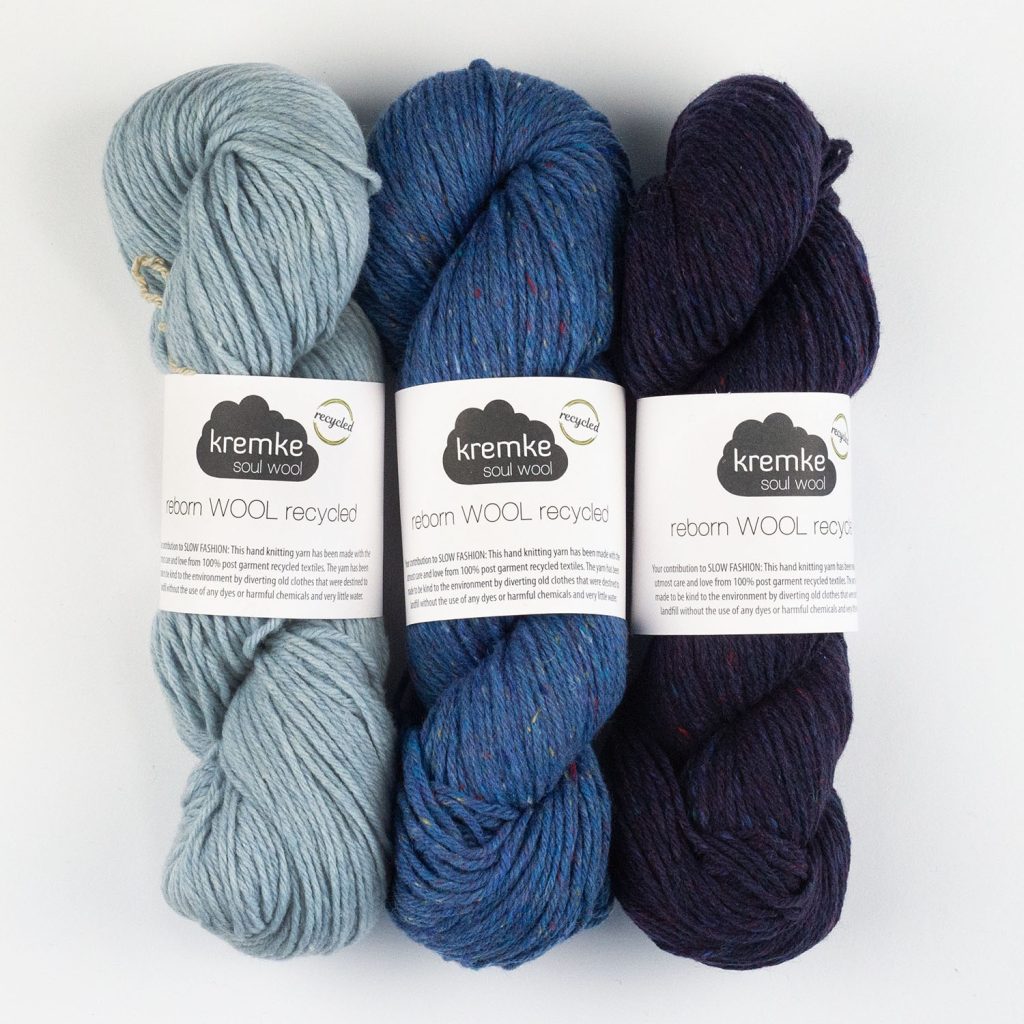Mulesing is the cruel breeding technique that consists in the mutilation of sheep. The main purpose? Reduce infections and allow the production of wool in quantity.
Wool is one of the most important natural fabrics in the world. Its natural fibers guarantee softness, warmth and versatility. His journey begins with the breeding of sheep and ends with the transformation into soft and high-quality fabrics.
Unfortunately, the journey of wool and its fibers brings with it a series of problems related to the supply chain and the techniques with which it is obtained.
In fact, in order to ensure prosperity and continuous profit from wool, farmers often use cruel techniques and practices, mistreating their sheep on farms where the main purpose is not the welfare of the animal but the profit from the sale of wool.
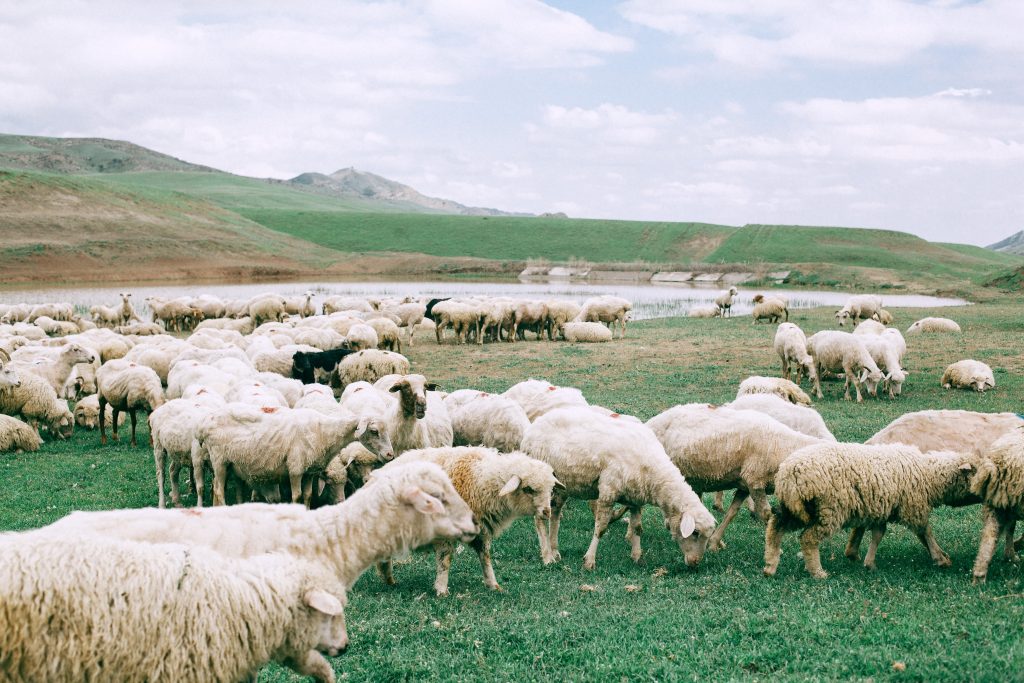
In this regard, one of the most discussed times in recent years is the practice of mulesing, a cruel shearing technique, used to obtain merlin wool. This technique does not consider the animal as such, but as a resource from which to obtain the greatest amount of wool as quickly as possible.
This is why nowadays it is necessary to increasingly search for garments with RWS and GOTS certifications that certify the absence of mistreatment and display the wording mulseing free. It is essential and important to raise awareness of all brands and consumers to reduce and eliminate the use of this technique.
What is mulesing
Mulesing is a sheep breeding and shearing technique born in the 1930s and consolidated mainly in Australia. This technique, which bears the name of its inventor John WH Mules, consists in the removal of the tail of the Merinos sheep and its anal and perinal tissue, without anesthesia. The technique stems from the need for breeders to reduce the spread of myiasis infection and the formation of bacteria and infections.
The characteristic of the Merinos sheep, in fact, is precisely the presence of wrinkled skin and folds, which favor the creation of moist substances and residues of excrement. Presence of excrement leads the flies to deposit their eggs in the folds, consequently causing serious infections.
Such infections push farmers to carry out cruel techniques to reduce the loss of large quantities of wool. The aim, therefore, is to form new, smoother, crease-free tissues where infections can settle.
This practice, however, creates great suffering in the animal: to remove the rear part, the farmers block the sheep with metal bars and remove the affected part, generating large blood losses.
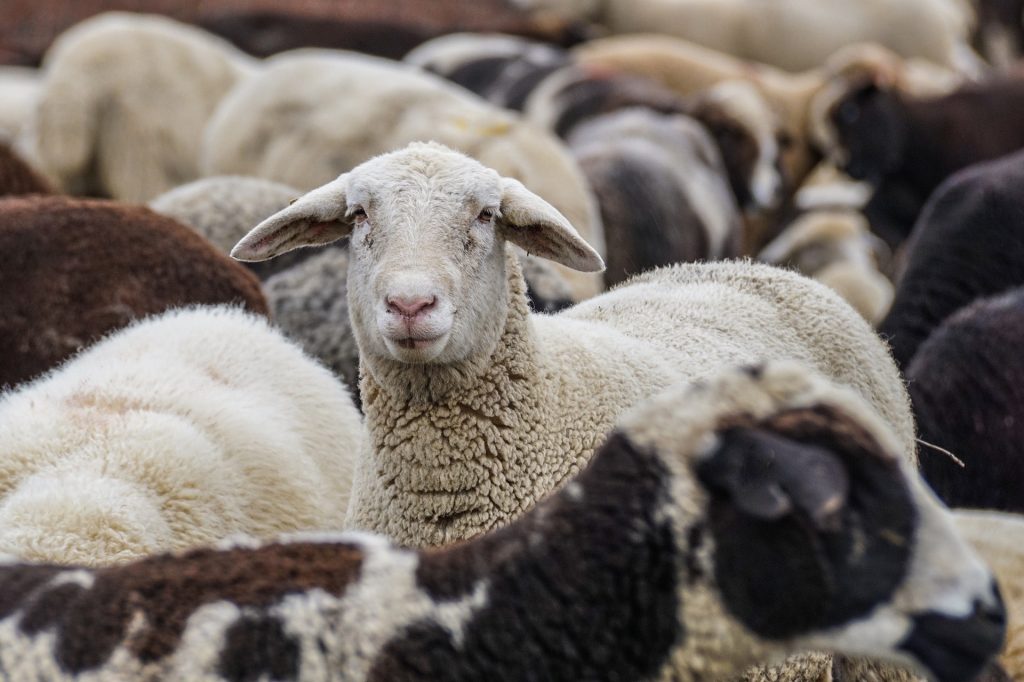
Is mulesing legal?
The question that arises, therefore, is: “Is mulesing legal?” The answer, unfortunately, is yes, but not in all countries.
Australia is the country that produces the largest number of Merison wool and is, therefore, the country where the mulesing technique is most widespread. According to the PETA association, People for Ethical Treatment of Animals, in fact, 25% of the world production of Merinos wool is concentrated in Australia. Unfortunately, Australia’s warm climate encourages larvae and infections on farms, making mulesing considered by Australian farmers as a “not ideal but necessary” technique.
Other countries where sheep farming is used are South Africa and South America. In these countries, however, the activity of mulesing appears to be much less widespread.
There are also several countries where the technique is illegal. In New Zealand, for example, mulesing was banned in 2018, thanks to the struggle of numerous associations in defense of animal rights.
More ethical alternatives
Mulesing is not a necessary and irreplaceable practice; on the contrary, it can be avoided. There are several practices and activities that farmers can put into practice to safeguard their farm without endangering the sheep’s life and welfare.
First of all, farmers need to focus on quality rather than quantity production. With a more accurate breeding, in fact, infections can be avoided and, therefore, the consequent need to resort to cruel practices like this. To do this, just follow a few small rules:
- Control and cleaning of animals;
- Clipping of the parts at risk;
- Installation of fly traps around flocks;
- Selection of breeds with less wool growth and more suitable for warm climates;
- Use of plastic clamps that reduce the formation of perianal folds;
- Select merino sheep varieties that are wrinkle-free and, therefore, free from larvae.
Finally, a last possibility is to use recycled wool. The use of these materials does not help the environment but also excludes the mistreatment of animals and, therefore, the use of cruel practices such as mulesing.
How to choose wool garments
We consumers too, in our own small way, can help reduce the mistreatment of sheep.
First of all it is essential, when we buy a garment, to read the labels. If in the label of a garment we find the words “mulesing free”, we can be sure that the wool has been shorn without causing pain to the sheep. This wording, in fact, underlines the absence of mulesing practices for the creation of the garment we are buying.
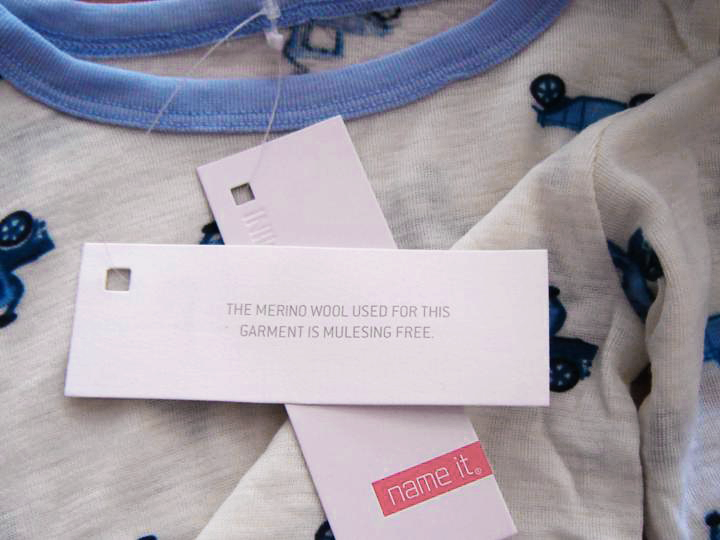
In addition to the wording mulesing free, we can find other certifications in the labels. There are in fact several associations and standards that guarantee the absence of such practices.
For example, the RWS certification, Responsible Wool Standard, controls the production of wool every year and allows brands to affirm with certainty how animals have been treated to produce wool. The standard certifies that the production process is up to standard and that the sheep are treated in compliance with their “Five Freedoms”:
- from hunger or thirst;
- from discomfort;
- from pain, injury or disease;
- from fear and anguish;
- freedom to express normal behavior.
Recycled wool
Finally, those who do not intend to support mulesing can also give up the purchase of merino wool garments or buy recycled wool garments.
Recycled wool is obtained from the recycling of garments and scraps of old garments. The waste is processed in a process called the regenerated cycle, to create completely new fabrics.
In addition to eliminating cruel techniques like mulesing, there are many other benefits:
- reduction of polluting activities and practices for the extraction of fibers;
- reduction of waste and scraps;
- saving of raw materials.
Towards a mulesing free future
In recent years, large wool producers have been looking for more sustainable solutions. Many associations and yarn manufacturers are uniting against all this, to put an end to cruel practices and animal suffering.
There is still a long way to go, but with the right awareness it will be possible to guarantee a long and healthy lifestyle for animals, as well as for farmers a more informed reasoning on the treatment of animals.


